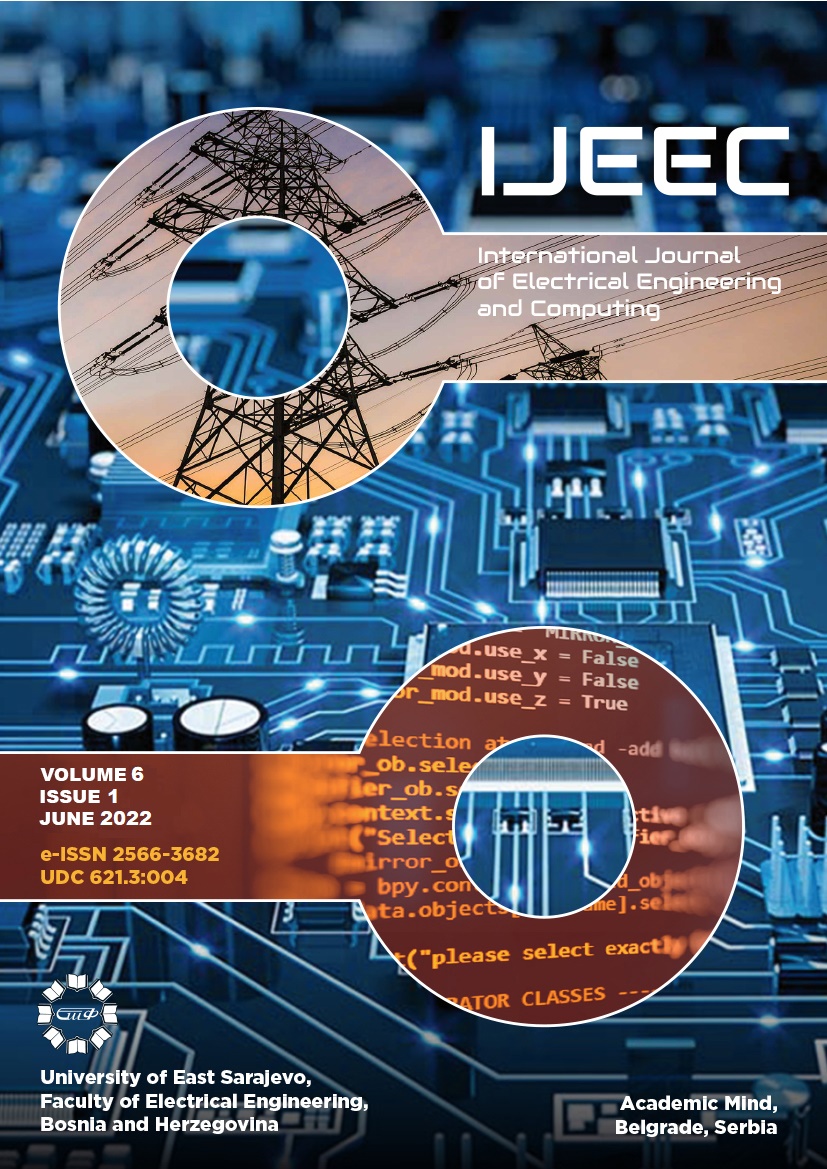Comparison of Proportional and PWM Pneumatic Control in Terms of Positioning and Compressed Air Consumption
DOI:
https://doi.org/10.7251/IJEEC2206009RAbstract
In this paper is shown a comparison of proportional pneumatic control and Pulse Width Modulation (PWM) pneumatic
control in terms of positioning and compressed air consumption. All experimental tests were performed on a device for lifting and
holding of the workpieces, which consists of one vertically mounted rodless cylinder with integrated vacuum gripper. In the case of the
proportional pneumatic control, cylinder piston is always positioning in the correct position, but position losses are recurring during the
time (in majority of cases, the position loss is 4 mm). As the control system constantly returns the cylinder piston to the desired position,
that increases the compressed air consumption. In the case of the PWM pneumatic control, the position error is occurring (in majority
of cases, the absolute value of the relative position error is less than 2%), but there is no position loss during the period of workpiece
holding, i.e. there is no additional compressed air consumption. The compressed air consumption differential is approximately 18.6%.
In addition, in case of Meter-out control in combination with previously defined types of control, the positioning is more accurate but
the compressed air consumption slightly increases with decreasing the opening level of the one-way flow control valve.

